Design Thinking for Pre-Starts
Start-ups by their nature are new and exciting – but that comes with risk and uncertainty, which is why guidance and structured advice is so crucial. Working with a cohort of pre-starts, they were taken through 12 weeks of coaching to take their new business ideas through to a clear pitch for potential investors.
Applying a design thinking approach with pre-starts introduces the culture of rapid prototyping, being user-centered and visualising various aspect of the journey ahead. It’s not just valuable for mapping-out and managing the product and service development, but also for working through scenarios for the company structure and what success will look like at different stages. In this way, design thinking approaches were applied across this group in a variety of ways for each of the people involved.
Convergent and divergent thinking – let’s break this down into multiple projects
One business proposition was based on a new product/service system, which meant the two owners had to face a complex mix of product design considerations, bespoke technology development, user interface design, the emotional decisions for the buyers and users involved, and the potential for a B2B and a B2C route to market. We had to pick off areas to explore in the right order, creating a connected set of projects, whilst keeping a sense of the overall strategy and making progress.
Each project could then be taken through a divergent phase of exploring multiple options, and then be brought down with convergent thinking to a solution state that was good enough to move onto the next. It wasn’t about finalising each aspect to perfection, but meant they could keep the multiple connected requirements moving along in parallel. Having a structure for the strategy vs the details and the creative vs the practical helped them not to drown in what can easily become chaos because so much is going on.
Visual storyboarding – what do different options look like?
One of the business ideas was a purchasing App. The potential is very broad – both in terms of becoming national or international and in terms of working across different retail situations. The business owner was getting a lot of interest, so multiple people were offering test opportunities. Whilst this is exciting, it also introduced a risk that the owner would become so busy doing pilots to meet other people’s needs, she could jeopardise her own vision for the direction she really wanted take.
The tools used here were visual storyboarding and mapping user journeys. By visually walking through the potential pilot situations we could step back and look at what they would achieve – who were they for? Where would they occur? What would they prove? By doing this it quickly brought the end users back into the picture, and refocused the owner on the core purpose behind the whole business and what she wanted to achieve.
Prototyping and testing – how can we prove the potential?
Another digital proposition was an online service for matching potential buyers with vetted professional services. The ultimate aim is to have an online platform akin to booking.com – i.e. a successful brand where users would search, book, rate their experiences and suppliers would want to be listed. However, the money needed to build a platform with that level of back-end functionality was out of reach. At the same time, whilst the numbers looked promising on paper, savvy investors would want proof that revenue can be created.
The solution here was to design a rapid prototype that could prove that latent market could be tapped. The design thinking approach was to sketch an MVP website experience - stripping out as much of the complex functionality, whilst leaving the essentials that would test the core points-of-difference. By sketching each page step-by-step, a live test version could be created and taken to a small group of pilot customers at a fraction of the build costs. The results from this can then work as ‘proof of concept’ to attract the investment needed to build that fully-functioning version.
Future scenarios – where do you see yourself?
One of the pitfalls with pre-starts is that the focus can be so much on designing the product or service that people forget they also have to design a business structure - not just a business plan on paper, but a vision for growth that they can deliver and lead. One of the pre-start ideas was for a product. The designer had a physical prototype, had done sample user testing, created a demo film and wanted to go to market – all great progress. The question was – which route? Take it to existing manufacturers that might want to license or partner? Or, sell it directly to consumers, build the brand and organise production and distribution himself?
Of course both routes can be explored, but they require different sets of actions. Where to prioritise depends as much on the people in a business in terms of how they see themselves in the vision for success. Some people are passionate about creating a brand, some would prefer to strike a business deal and move on. It’s important to take into account personal styles, strengths and aspirations. Mapping the future scenario in terms of those personal expectations, desires and values helps to clarify which of the routes to market will suit them best, and therefore be more achievable.

